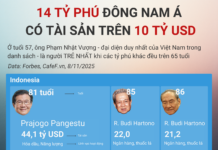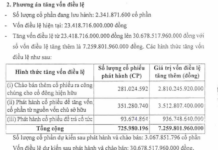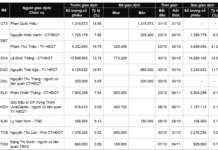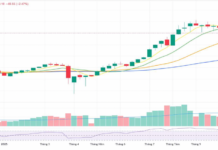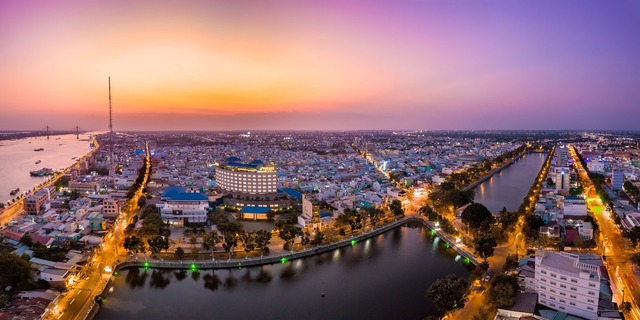
In macroeconomics, when mentioning GDP, many people will understand that it’s a nation’s gross domestic product over a year, referred to as nominal GDP. However, to more accurately portray a nation’s development, many will adjust GDP according to (PPP).
GDP (PPP) means GDP at purchasing power parity. GDP (PPP) calibrates the whole value of all goods and services manufactured within a nation in a year based on the purchasing power of the local currency. The disparity between nominal GDP and GDP (PPP) is that nominal GDP makes use of the exchange rate of the market to convert to a typical monetary unit, while GDP (PPP) uses local prices.
This denotes that GDP (PPP) reviews the variance in prices and purchasing power between nations, allowing for a direct comparison between different national economies without being impacted by alterations in exchange rates.
Consequently, GDP (PPP) is commonly utilized to assess economic strength between nations and to pinpoint the living standards of individuals in different countries. GDP (PPP) delivers a comprehensive overview of a nation’s buying power and facilitates assessment of consumer and economic growth.
In conjunction with that, GDP per capita (PPP) is an economic tool used to gauge the economic fortitude and living standards of citizens within a nation founded on purchasing power parity (PPP).
For instance, considering the same commodity, say a bowl of pho, the price of a bowl of pho in Vietnam is approximately 50,000 VND, which is equivalent to $2. Whereas a bowl of pho in the States costs around $6.50 on average.
Accordingly, with $100, one could purchase 50 bowls of pho in Vietnam, however only 15.4 bowls of pho in the US. To put it simply, one could acquire fewer items with $100 in nations with high price levels such as the US, but more items in Vietnam. Correspondingly, with an income of $1,000, spending would be more difficult in countries with high price levels like the US, but easier in Vietnam.
According to recent data from the International Monetary Fund, in 2023, Vietnam’s nominal GDP was approximately $466 billion, placing it 35th globally. When converted using purchasing power parity, Vietnam’s GDP (PPP) in 2023 was approximately $1.438 trillion, placing it 25th globally; this is Vietnam’s economic ranking only after taking into account the disparity in prices between nations.











